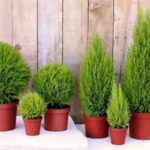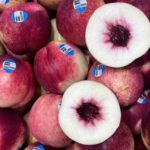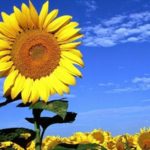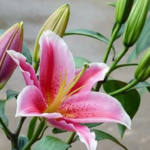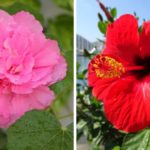Nestled midway up Mount Pu Lau of the Phja Bjooc range, the village of Phieng Phang (Yen Duong commune, Ba Be district, Bac Kan province) is home to the Dao Que Lam ethnic minority. Visiting Phieng Phang offers an immersive experience in nature, with breathtaking rice terraces and a meandering blue stream below. Here, one can explore the cultural space of the Dao people in a beautiful village nestled against the mountain. Additionally, the area boasts a vast bamboo forest.
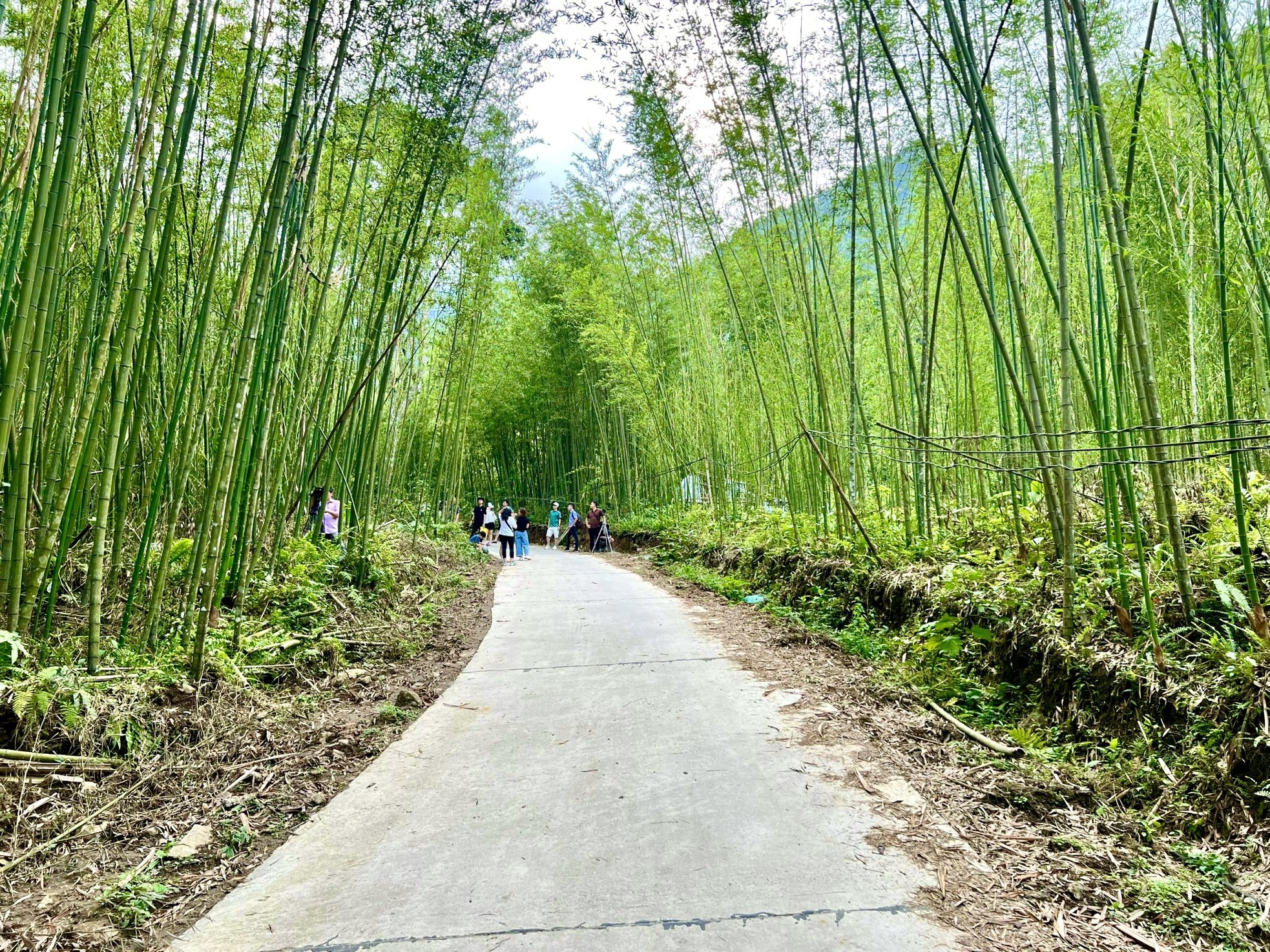
The Pu Lau bamboo forest, likened by many visitors to a setting from a martial arts film, offers a plethora of stunning photo opportunities with its lush green bamboo groves. As one ventures deeper into the forest, the crisp, fresh air becomes more palpable. The bamboo trees, vibrant and erect, soar towards the sky.

In ancient times, bamboo was often used as a symbol of resilience, endurance, and unwavering determination, representing the human spirit’s ability to rise above adversity and shine.

In the hearts of Vietnamese people, bamboo is one of the four sacred trees, along with pine, chrysanthemum, and apricot. This quartet of “tùng, cúc, trúc, mai” symbolizes elegance, loyalty, longevity, and the robust and resilient spirit of a noble person.

Bamboo, with its slender trunk and leaves, grows upright with distinct nodes. It thrives and grows strong even in arid and stony conditions, always sprouting, budding, and flourishing, regardless of the weather.
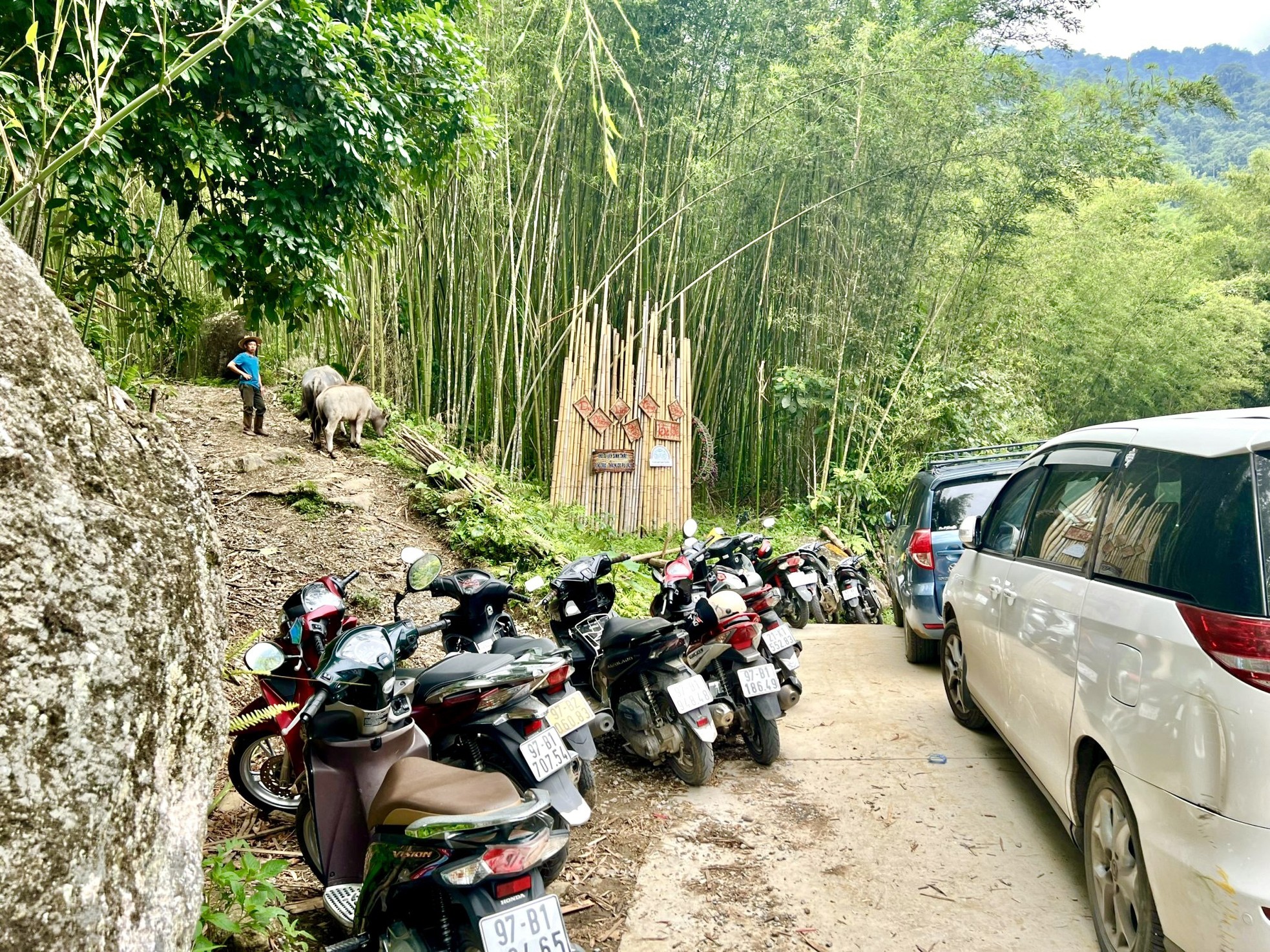
The bamboo forest has become an increasingly popular destination for visitors from far and wide.
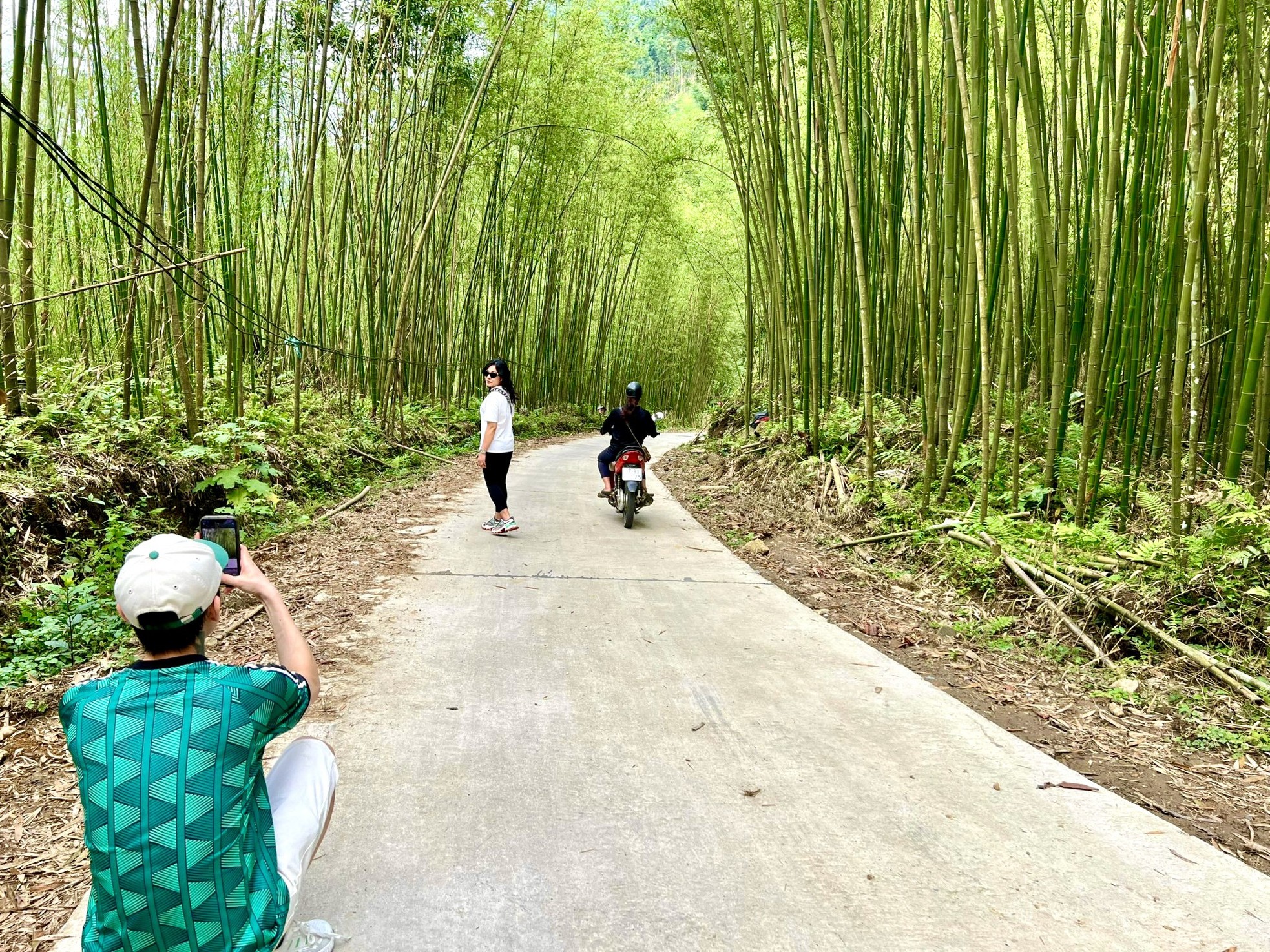

With its surreal and cinematic beauty, the bamboo forest has become a popular spot for visitors to Phieng Phang to capture memorable photos amidst this unique setting.
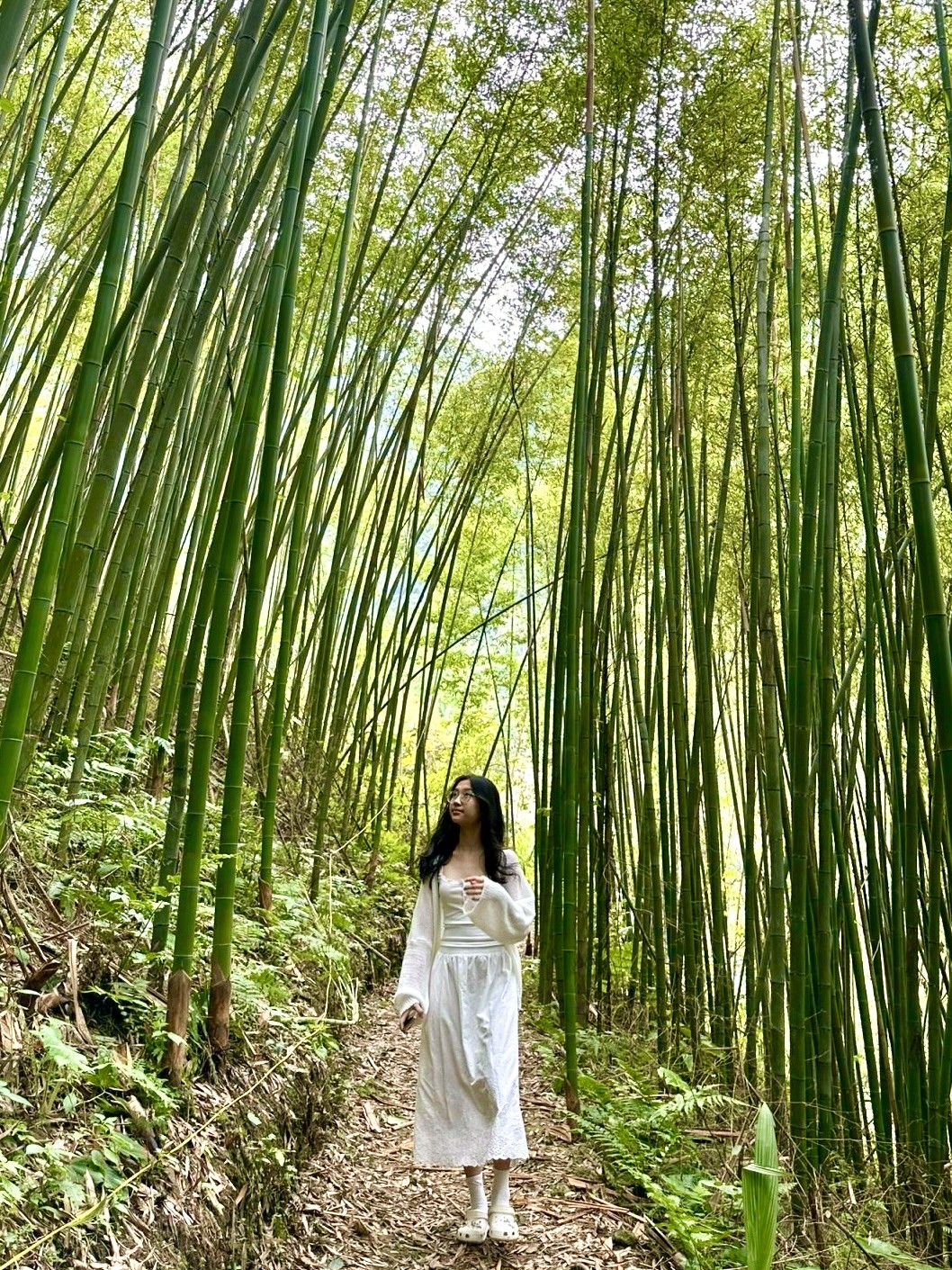
The bamboo forest remains largely untouched by infrastructure development, preserving its pristine state and attracting many young visitors seeking picturesque backdrops for their photos.
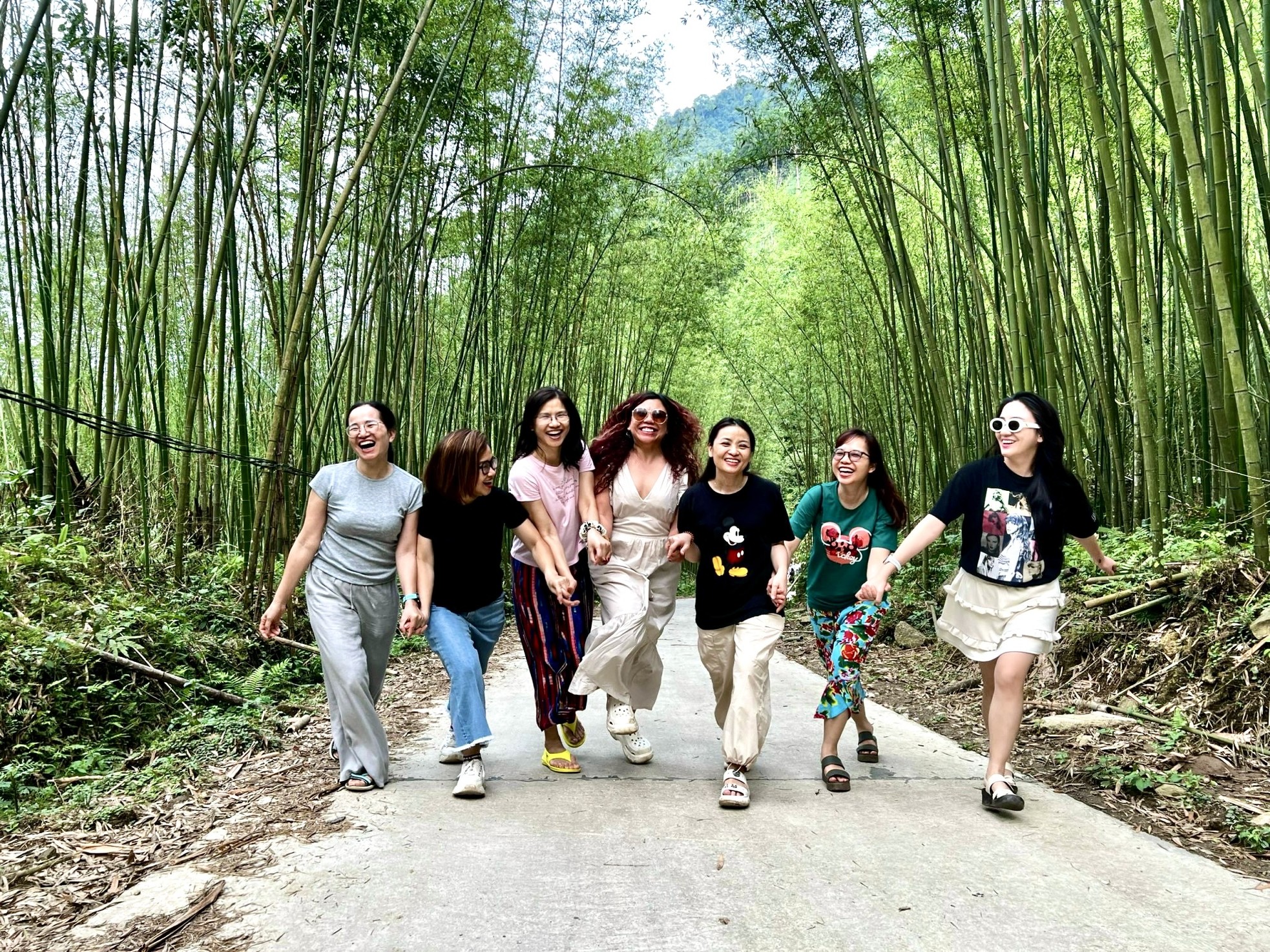
A group of female tourists from Hanoi pose for a memorable photo at the Pu Lau bamboo forest.

The bamboo forest serves as a “bridge” between Phieng Phang village and the Pu Lau waterfall. Beyond the forest lies the nearly 100-meter-high Pu Lau waterfall, where cold water cascades down from the mountain peak, flowing over moss-covered rocks. (Photo: The path to the bamboo forest involves climbing a steep slope)
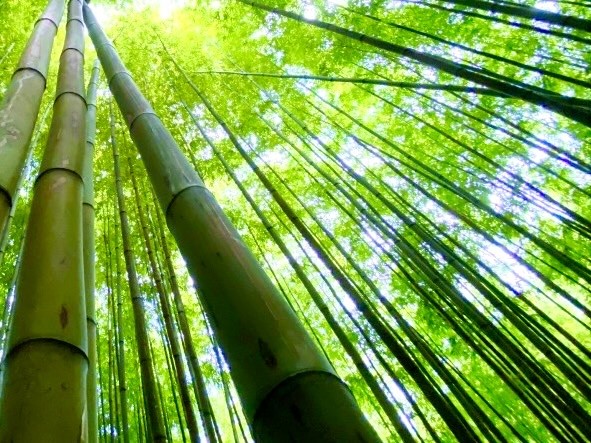
The bamboo forest not only enhances the beauty of Phieng Phang but also provides economic opportunities for the local Dao Que Lam people, who offer tourism services and harvest bamboo products, contributing to the area’s economic development.
What is a Plum Fruit? Unveiling the Benefits of Plums for Health
The loquat, or ‘spring peach’, is a delightful fruit with a smooth, red skin and an aroma that hints at the ripe peaches within. Its unique fragrance and flavor offer a tantalizing taste of the warmer months to come. With its vibrant color and mouthwatering scent, the loquat, also known as the Japanese medlar, is a true harbinger of spring. Discover the secrets of this fascinating fruit and unlock the health benefits it holds.
Plant These 9 Flowers Now for a Blooming Beautiful New Year
As the Lunar New Year approaches, many people look forward to brightening up their homes with vibrant flowers. If you’re looking to do the same, we’ve got you covered! We’ll reveal nine types of flowers that, when planted now, will bloom just in time for Tet, adding a touch of festive cheer to your celebrations.

























